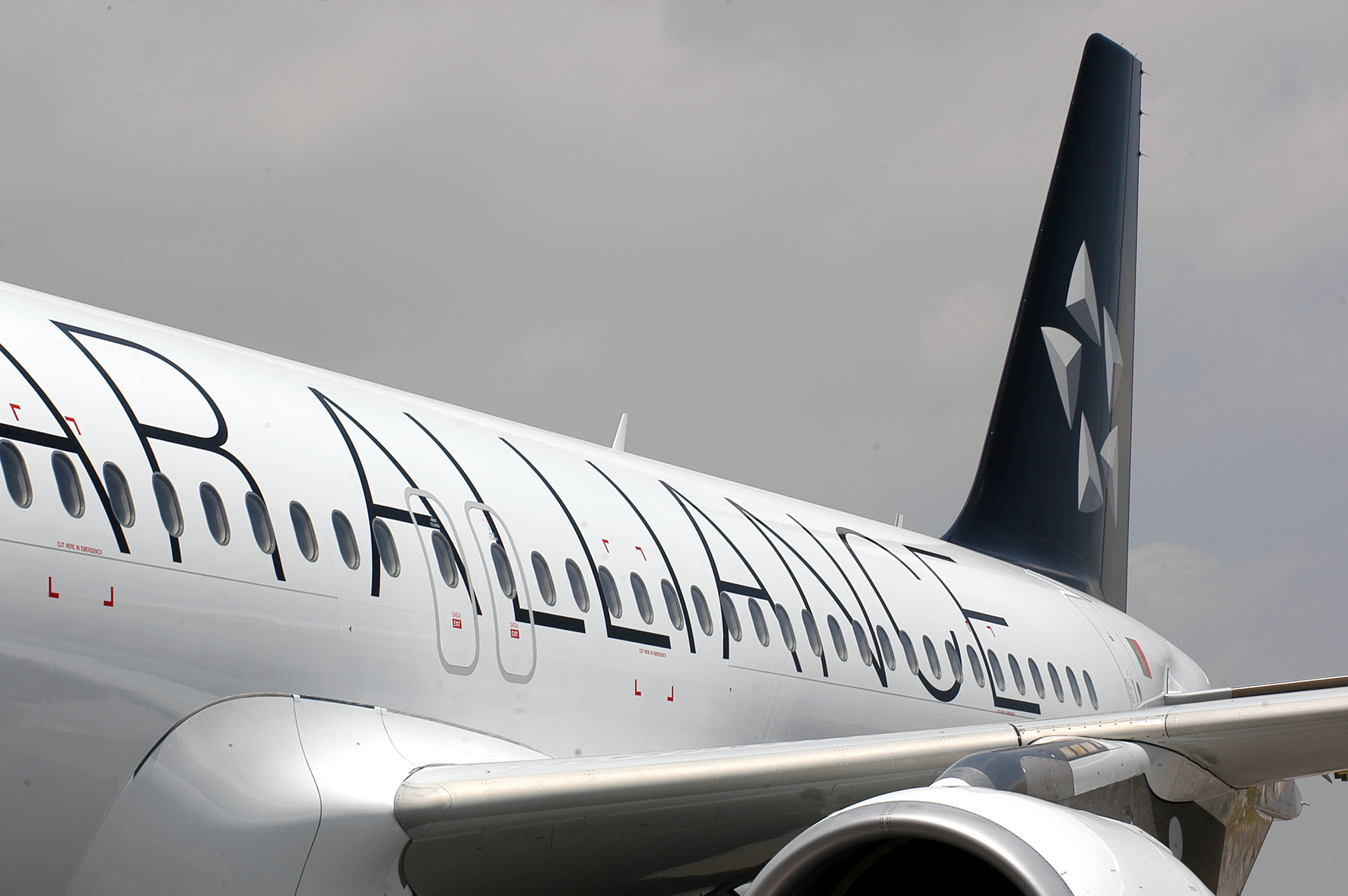James Christian remembers the night a few years ago when he and his wife took a Scottish travel agent camping on their land in Kenya’s Laikipia Plateau. As they sat under a starry African sky, the hill opposite them suddenly erupted with gunfire and loud booms. “Red tracer fire opened up, and there were these massive explosions — all of this was opposite us enjoying our African-wilderness experience,” Christian says.
Kenya’s Laikipia region, located north of Nairobi near Mount Kenya, is known for its wide-open spaces, hills and climate — hot in the day and cool at night. It is home to dozens of landowners — some of whom snapped up their lots before Kenya won independence from Britain in 1963 — as well as Africa’s most fabled animals: lions, leopards and elephants. This, and the fact that there’s no malaria, makes Laikipia a popular destination for tourists looking to get off the beaten track. Yet the emptiness also appeals to the British army, which has been training in the region for decades.
Laikipia now finds itself caught up in the politics of faraway warmaking. As Britain increases its troop levels in Afghanistan (numbers there have doubled to about 10,000 in the past three years), it has ramped up its training exercises in Kenya, with more than 3,000 soldiers passing through the region each year. The army says Laikipia is perhaps its best training ground because the conditions there — high altitude, extreme heat, hilly terrain — are remarkably similar to those found in Afghanistan.
Locals face a tough question at a time when the global recession and the collapse of the cattle-ranching market have hit residents hard: How can they continue their decadelong push to market the area as a wildlife destination while also accommodating the needs of the British army? Residents are trying to balance both demands. “The current level of training is high. It’s never been this high,” says Anthony King, executive director of the Laikipia Wildlife Forum, a conservation group. “Clearly, army training and other land uses [like wildlife tourism] may not always be compatible. There are definitely people who have invested heavily in tourism who are deeply concerned about the [region’s] image. But if it’s managed well, the army doesn’t have to be a threat to wild animals.”
Known as Operation Grand Prix, the training exercises can be massive, involving hundreds of troops, helicopters, and live-mortar and live-rifle fire. The military says this is the closest the soldiers will get to actual combat before they deploy to Afghanistan. The soldiers train by themselves and alongside the Kenyan army, sometimes with locals playing the roles of rioters or restless crowds. To accommodate the increase in troops, the army has begun renting land from residents — it went from dealing with three landowners a few years ago to seven now. Neither the military nor the ranches will disclose how much money has changed hands, but it’s believed to be in the millions of dollars.
The army’s presence in Kenya hasn’t been without complications, though. In 2002 the British government paid about $7 million in compensation to 233 people who had been injured or had relatives killed by stray ordnance in the region. British soldiers were accused of raping some 2,000 local women over the decades, but in 2006 a military investigation concluded that there was not enough evidence to bring the claims to court.
“We don’t force ourselves on these ranch areas. We’re there because people ask us if we’d like to train there,” said Colonel Neil Hutton, head of the British training program in Kenya. “As it turns out, it’s a good deal for everybody. We don’t come knocking on their doors, bullying them. It’s very much a relationship.”
But with more soldiers heading to this part of Kenya every year, it remains to be seen whether the tourism industry and the wildlife will begin to suffer. When exercises are under way, the gunfire can be heard for miles. In 2006 British troops on patrol got lost and shot and killed a white rhinoceros that was threatening them. Landowners protested when the army used helicopters to clear firing ranges of elephants and other animals.
But the army has been working more successfully with residents in recent years to lessen its impact on the surroundings. At Mpala Ranch, where the army does some training, officials have agreed to move their exercises to an area that doesn’t butt up against landowners who run tourism ventures. The Mpala Research Center, an independent scientific-research station in Laikipia, has begun a study to measure the effects of the training on wildlife. (The army contends that there have been no serious disturbances to the animals since it boosted its training program.) And by 2011, the army says, it will no longer conduct major training exercises during the peak tourist season.
“The British Army takes liaison with local populations seriously … and is careful to minimize any adverse effects arising from their presence,” an army spokesperson in London said. “Preserving the local environment is a priority. In addition, we have supported the local economy and infrastructure by funding new schools and employing local workers.”
Indeed, some locals are happy about the army’s presence — and its influx of cash into local communities. “As far as I’m concerned, it’s good for the economy. You’ve got 1,000 people here at any one time,” says Jamie Roberts, who runs the air-charter company Tropic Air and works occasionally with the army.
Christian, too, has started to come around. “Certainly things have gotten a lot better,” he says. “The British army has become a bit more sensitive in realizing that tourism is kind of touchy when it comes to big explosions.”
WHAT TO TAKE AWAY FROM THIS ARTICLE:
- As Britain increases its troop levels in Afghanistan (numbers there have doubled to about 10,000 in the past three years), it has ramped up its training exercises in Kenya, with more than 3,000 soldiers passing through the region each year.
- To accommodate the increase in troops, the army has begun renting land from residents — it went from dealing with three landowners a few years ago to seven now.
- But with more soldiers heading to this part of Kenya every year, it remains to be seen whether the tourism industry and the wildlife will begin to suffer.






















